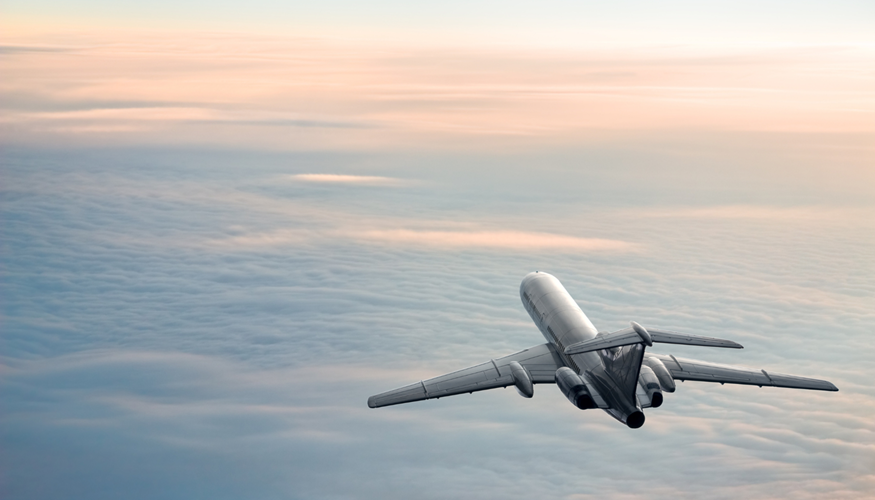Once retired, older people have more time to visit places they were unable to visit when they were younger. They see travel as a good way to fulfil their life goals, achieving three fundamental goals: the first is to get away from everyday life, particularly important when the stagnation of routine is evident; the second is to reconnect with friends and family, leading to an increase in multi-generational travel; and the third is to relax, significantly improving their health and wellbeing .
According to Eurostat and INE data, 42% of EU inhabitants over 65 years of age made a trip in 2017. If we focus on the profile of Spaniards, 11.3% of travellers are in this age group, with trips lasting an average of 6.81 days. Furthermore, Egatur's "tourism expenditure survey" states that 9.7% of the international tourism market is made up of visitors of this age group.
It should be borne in mind that the percentage of the population over 65 years of age, which currently stands at 18.2%, will rise to 24.9% in 2029 and 38.7% in 2064.
According to Angel García Butragueño, Co-Director of the BRAINTRUST Tourism Barometer, Western society is ageing at a rapid pace, with a segment of travellers that needs to be studied, because they will have more and more time, together with a notable purchasing power, and with a much more jovial spirit of life, which will make them want to enjoy a second youth, and they will travel more and more, and further and further in search of new experiences. This fact represents an incalculable business opportunity, as the increase in these travellers must be taken into account by companies in the sector when redefining their strategies, their value propositions, their brand attributes, and they are obliged to reposition their Customer Experience, for users who demand products tailored to their needs.
Therefore, what business opportunities can we find in this target audience?
1. Adventure tours:
Adventure holidays are one of the fastest growing segments of the tourism industry. Older people are aware of the benefits of an active lifestyle for healthy ageing, and this is also reflected in their holidays. Hiking, street-walking, or snorkelling, or cycling have become popular in recent years, and are no longer the preserve of the young.
2. Educational trips:
Los senior expresan un renovado interés en las llamadas vacaciones «educativas». Consideran que aprender y expandir sus horizontes ayuda a mantenerlos jóvenes por más tiempo, y también les facilita relacionarse mejor con sus familias y con la sociedad. Los recorridos pedagógicos abarcan desde visitas a comunidades locales, hasta caminatas de observación de aves, pero siempre con el objetivo de ilustrar e informar mientras se entretiene.
3. Luxury experiences:
A high percentage of high-income earners are over 65. As a result, in much of the developed world , they are the type of traveller who has the money and time to spend. They are willing to invest more in experiences that guarantee better accommodation, personalised transport and itineraries tailored for older people.
4. Multigenerational getaways:
An important priority for the over-65s is multi-generational travel. Retirees place a high value on shared time with their family, and since the older generation usually pays for the trip, they seek experiences based on maximum comfort. This audience books travel in advance to accommodate the busier schedules of their children and grandchildren. A multi-generational trip is usually an annual event in the same location, although some families choose different destinations depending on the occasion.
5. Cruises of all kinds:
Cruising is a perfect travel style for many seniors: it is easy, predictable and comfortable. It also allows them to explore new destinations and continue to broaden their horizons, whether by ocean or river. A large proportion of baby boomers invest in cruising, making it the second largest cruising demographic globally.
Retirees travel all year round, but especially in months such as January. This is because they prefer to avoid seasonality, when it is more difficult to book and there are more tourists at different destinations. Because retirees seek comfort in their getaways, they are more likely to choose a luxury cruise line and more spacious suites.
For José Manuel Brell, Co-Director of the BRAINTRUST Tourism Barometer, it is time for the industry to analyse the different types of travellers and adapt to their needs, we are used to segmenting consumers by socio-demographic variables such as age, sex, and far from thinking that all seniors will demand Imserso trips, the attitudinal behaviours towards travel are the ones that will mark the offer that tourism companies should put on the market, Attitudinal behaviour towards travel is what will determine the offer that tourism companies should put on the market, not all young people travel the same way, nor all seniors travel the same way, and a mass product will not fit in as has been traditional, but rather a product tailored to each profile. Senior tourists will grow exponentially in the coming years, so it is time to renew ourselves so as not to die in the face of the changing needs of an industry in constant growth.
In BRAINTRUST we can help you to better understand this new model of tourist that is already essential for the future of the sector. We have the best means to advise you in the configuration of value propositions that will optimise your presence in the market.
Do you want detailed information? Contact us and ask for our Tourism Barometer, the methodological support that determines the market's willingness to travel, as well as the trends that allow all suppliers in the travel industry to identify business opportunities and adjust their offer to consumers' preferences.






